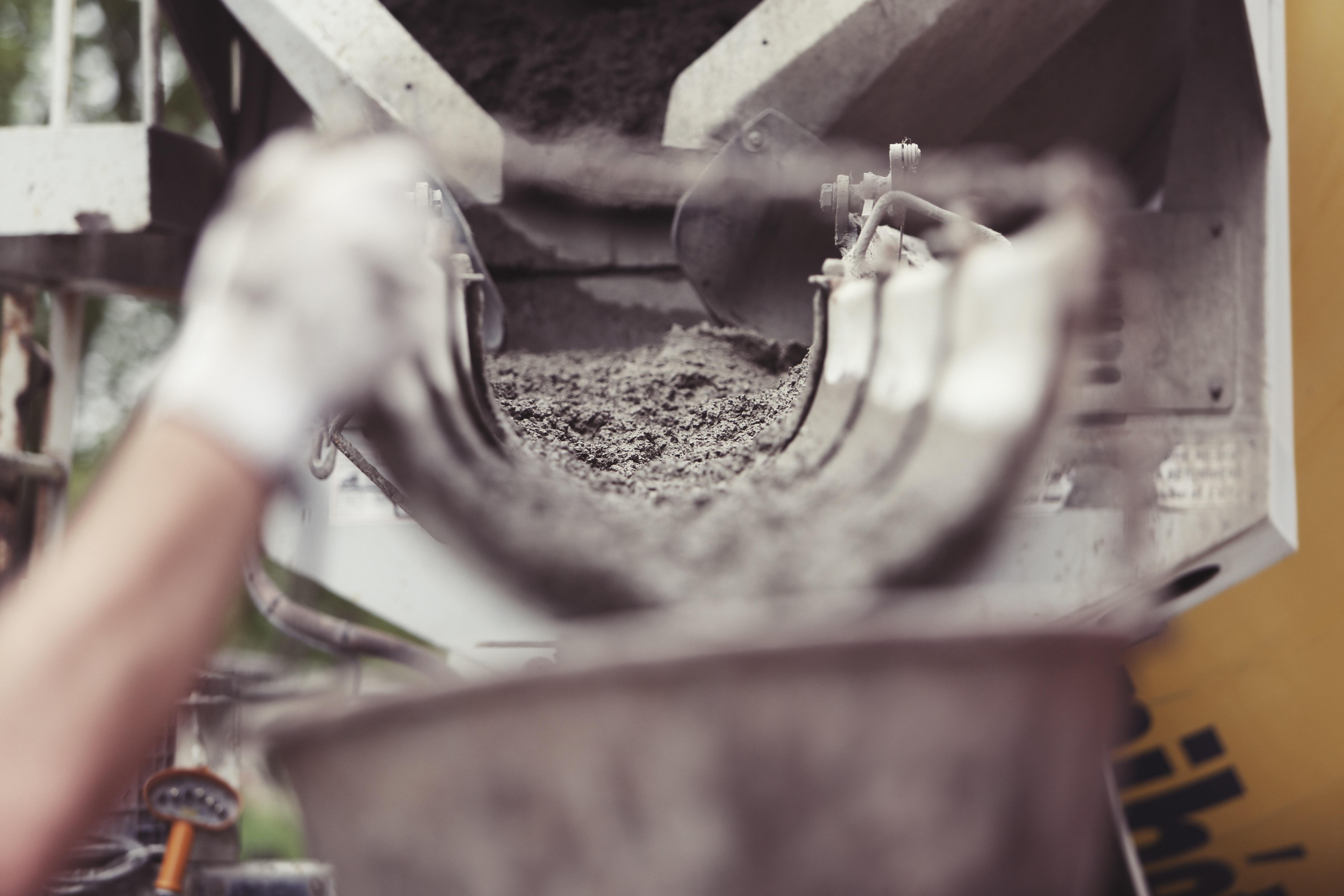Posted on October 13, 2022
The global concrete market consists of residential, commercial, industrial, and infrastructure sectors. Various analysts routinely project short and long-term trends, both domestically and globally.
Population growth and higher living standards will drive growth in the concrete industry. The pace of such growth will remain robust through the middle of the century. Today’s population of 7.9 billion should grow to 9.7 billion by 2050. Concrete will be key in meeting the housing and infrastructure needs of Earth's 1.8 billion additional inhabitants.
Globally, the pace of future construction will only accelerate. The New York Times notes that it will be like constructing another New York City every month for the next 40 years.
Market Projections to 2032
Future Market Insights (FMI) looked at projected concrete demand over the next decade. The firm estimates that the value of the global ready-mix market will grow to $46.9 Billion in 2022, and to $61.7 Billion by 2032. That’s a hefty compound annual growth rate (CAGR) of 13.2%.
Reduced consumption alone will not cut emissions. Only technological innovation and scalable solutions will. Expanding urbanization and developing economies will drive growth.
Reasons for Growth
At the same time, concrete’s resilience is increasingly relevant. Projections suggest that extreme weather and other natural disasters will continue to proliferate. Thanks to carbonation, concrete’s longer lifespan also mitigates emissions long-term. Carbonation is one combatant in the battle to reduce atmospheric CO2.
One analyst cites other reasons for growing concrete demand:
Development of smart cities
Ongoing infrastructure development and expansion
Increasing awareness of concrete’s attributes in developing economies
Impact of Alternatives
Are there realistic alternatives to ready-mix concrete on the horizon? In specific applications, yes. In general, no. Concrete alternatives often face the same daunting challenges: cost and scalability.
Composites
Certain concrete composites do not deliver concrete’s primary attributes. Yet, they are still poised to serve niche markets.
For example, Hempcrete dates to the 1990s when French contractors began to use it in infill walls. Lime, hemp hurd, and water combine to form Hempcrete. Hemp hurd is the core of the hemp stalk. It’s a natural byproduct of hemp processing. Unfortunately, it has only five percent of the compressive strength of regular concrete. Nonetheless, it is lightweight, insulative, breathable, and long lasting.
Timbercrete combines masonry binders with an organic material like sawmill waste. You'll find Timbercrete in bricks, blocks, cladding, and pavers.
Finite is a biodegradable composite material crafted from desert sand. Its creators claim the product’s emissions are half those of concrete. Desert sand is not used for concrete because the grains are too round and smooth to bind well. Finite solves this challenge.
In some parts of the world, composite bricks, blocks or panels replace traditional sheathing, cavity insulation, and exterior insulation. In many ways, these products complement, rather than compete with ready-mix concrete. They are fire-resistant alternatives to wood framing, for example.
Cross-laminated timber
Cross-laminated timber (CLT) is increasingly accepted as a construction material. Fabricators fashion beams, walls, floors and even roofs from the cross-laminated wood. The grain of each successive layer is set at a 90-degree angle to the previous layer. The layers get glued together under pressure. CLT beams conform to modern fire codes.
As of mid-2022, a Milwaukee, WI, apartment building is the world’s tallest mass timber building. Ascent is a 259-unit apartment building rising to 284 feet. Concrete still comprises the first six floors and the elevator shafts.
CLT construction relies on new-growth trees, a renewable resource. As a result, this construction method will continue to gain favor. However, CLT still remains a niche product when compared to concrete and steel. The majority of future building and infrastructure projects will rely on concrete and steel.
Niche products
Other concrete substitutes feature products like post-consumer glass and plastic waste. Others use desert sand and even fungi. Manufacturers press these various substances into block form. These products are most affordable near the location of their source material. Transporting construction materials long distances increases emissions and costs.
Ferrock uses two discarded materials – steel dust and waste glass. The iron reacts with CO2 to form ferrous carbonate (FeCO3). David Stone, the inventor, says the patented product is up to 95% recycled material. Ferrock has more compressive and tensile strength than traditional concrete. In fact, its developers say it is up to five times stronger. Its properties make it ideal for saltwater marine projects.
Mycelium is the underground tissue of a fungus through which it absorbs nutrients. Fabricators fashion this fast-growing medium into construction blocks. It is natural and renewable, although not necessarily scalable.
Prospects for Concrete Innovation
The concrete industry responds to competing products with innovations like self-healing concrete using encapsulated polymers. One source suggests it reduces cracking by 90% while increasing ductility 70%. Another formulation uses bacteria to repair cracks years after installation.
Researchers at the University of Michigan have come up with a bendable concrete they refer to as an engineered cementitious concrete (ECC). increases strength and resilience. Its use on the Grove Street Bridge deck over Interstate 94 in Ypsilanti, MN, reduced costs 37% while reducing carbon emissions 39%.
Finally, graphene additives reduce the amount of concrete required in a given application. At the UK’s University of Exeter researchers came up with a formulation that proved to be twice as strong and four times more water-resistant than traditional concrete.
About PACA
The Pennsylvania Aggregates and Concrete Association (PACA) keeps members and the general public informed of industry developments at SpecifyConcrete.org. Our team welcomes any questions you may have about your upcoming concrete project. Please contact us at your convenience.

